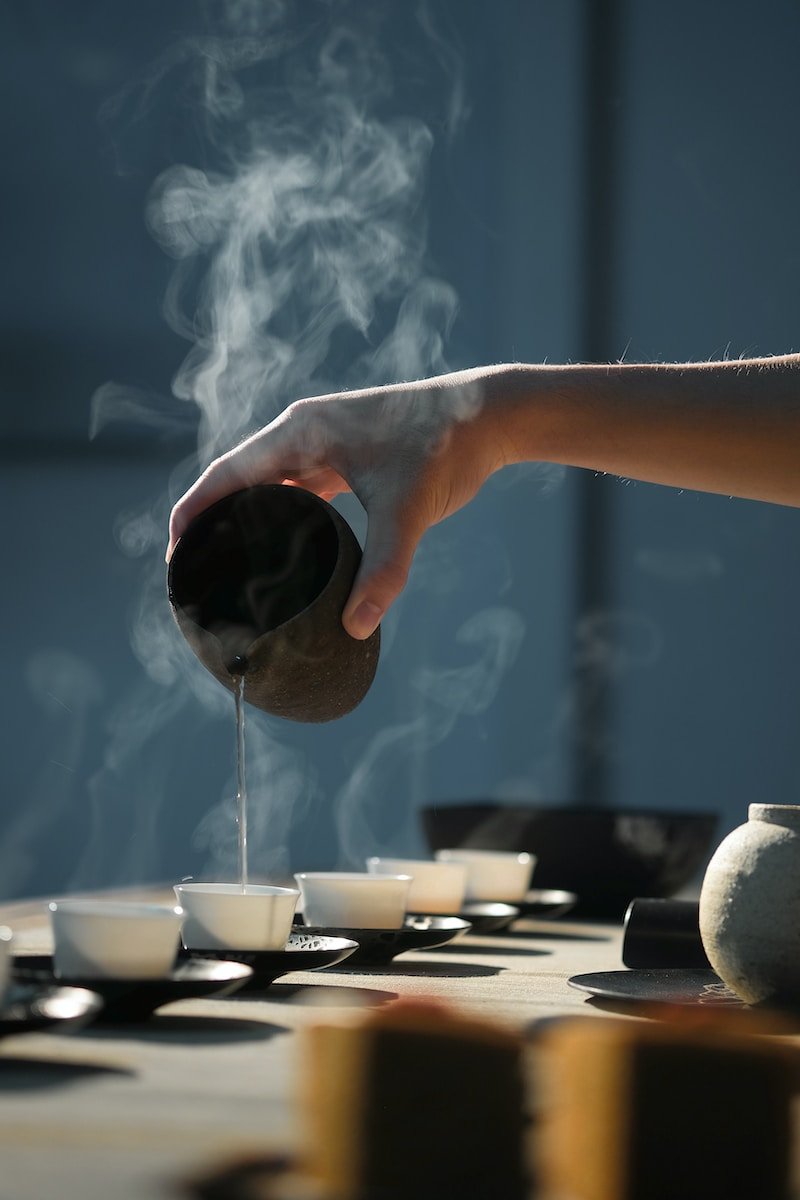There is a popular Chinese proverb that goes, “Rather go without salt for three days than without tea for a single day.” This adage underscores the intrinsic importance of tea in Chinese culture, a significance that stretches back thousands of years. As the birthplace of tea, China has a deep and enduring relationship with this simple beverage, a connection that has been steeped into its very identity and way of life.
The historical journey of tea in China can be traced back to ancient times. According to legends, tea was first discovered by the mythical Chinese emperor Shennong, who introduced it as a medicinal herb. Over the centuries, the cultivation and consumption of tea evolved, transforming from a medicinal practice to a ritualistic activity, and eventually into an everyday beverage enjoyed by people from all walks of life.
One of the most transformative periods in the history of Chinese tea was during the Tang Dynasty (618-907), an era often referred to as the golden age of tea in China. During this time, tea production flourished, and tea-drinking rituals became an integral part of the cultural landscape. The Tang Dynasty also saw the emergence of the first comprehensive tea manual, “The Classic of Tea” by Lu Yu, which detailed the cultivation and preparation of tea.
Simultaneously, the Tang Dynasty marked a significant turning point in the global journey of tea. Chinese tea and tea culture were introduced to other parts of the world, particularly Korea and Japan, via trade routes that crisscrossed land and sea.
One such route was the famed Silk Road, an extensive network of trade routes that connected East Asia with the Middle East and Europe. Tea, packed in compact bricks or loose leaves, was one of the valuable commodities that traveled along this route, making its way to distant lands and foreign cultures.
Additionally, maritime trade routes played a pivotal role in disseminating Chinese tea and tea culture globally. Merchant ships carried tea from China’s coastal regions to Korea, Japan, Southeast Asia, and later to the Middle East and Europe. These journeys not only introduced Chinese tea to foreign markets but also laid the foundation for the global tea culture we know today.
In essence, tea is more than just a beverage in China; it is a cultural symbol, a historical artifact, and a social bond. From its ancient origins to its global journey, the story of Chinese tea encapsulates a significant part of China’s history and cultural influence. The enduring popularity of tea worldwide is a testament to its timeless appeal, a beverage that started in China but has ultimately found its way into cups and cultures around the world.
READ MORE:
